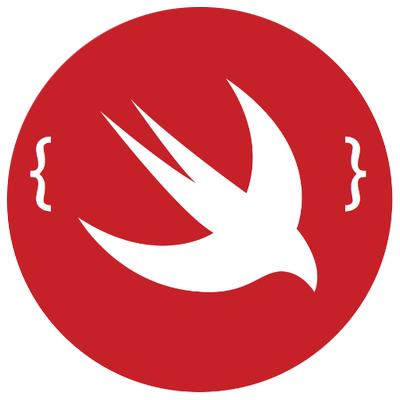How Much Does It Cost to Build a Mobile App?


A mobile app is a great way to bring new ideas to life, add value for your customers, or boost awareness of your business—but only if you can build a quality mobile experience without breaking the bank. And nailing down the cost of an app in advance isn’t exactly easy. App development costs can range from trivial to extreme, depending on a host of factors such as what your app does, how users will interact with it, and how you plan to staff the project.





